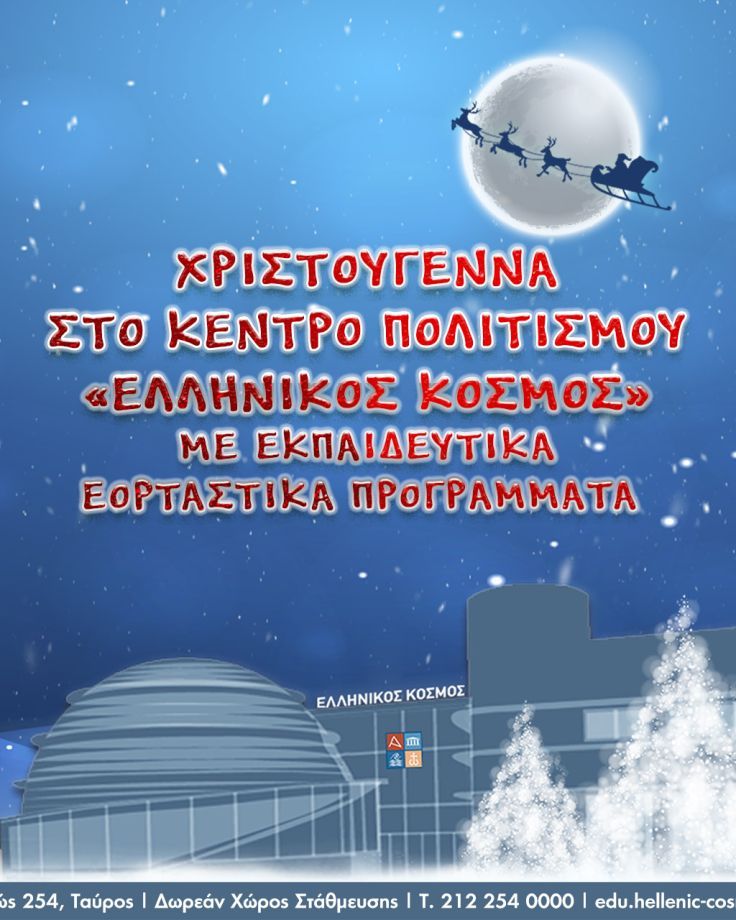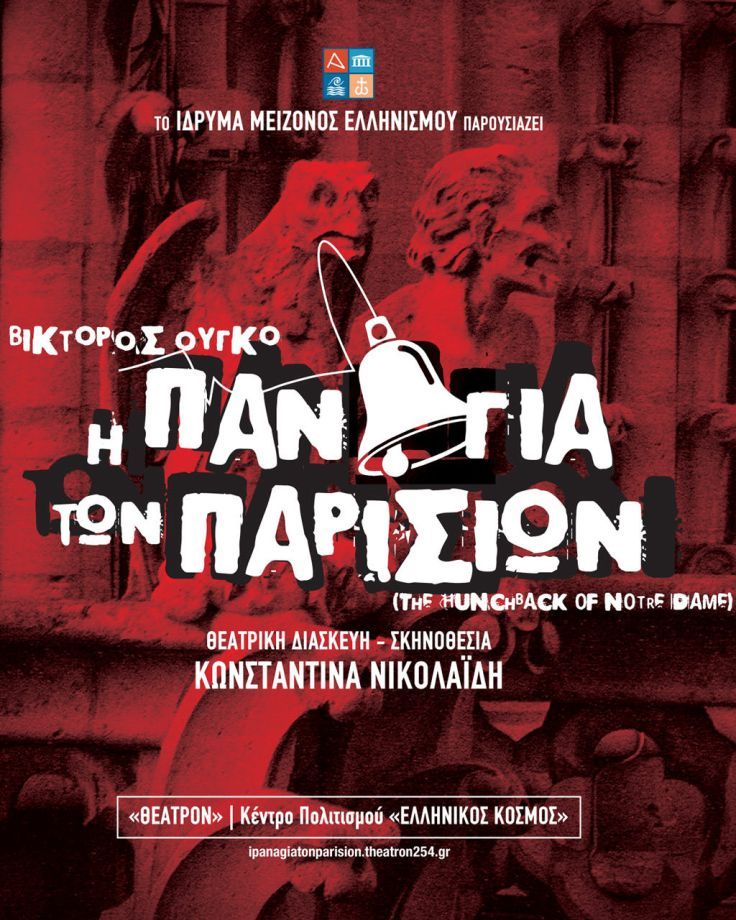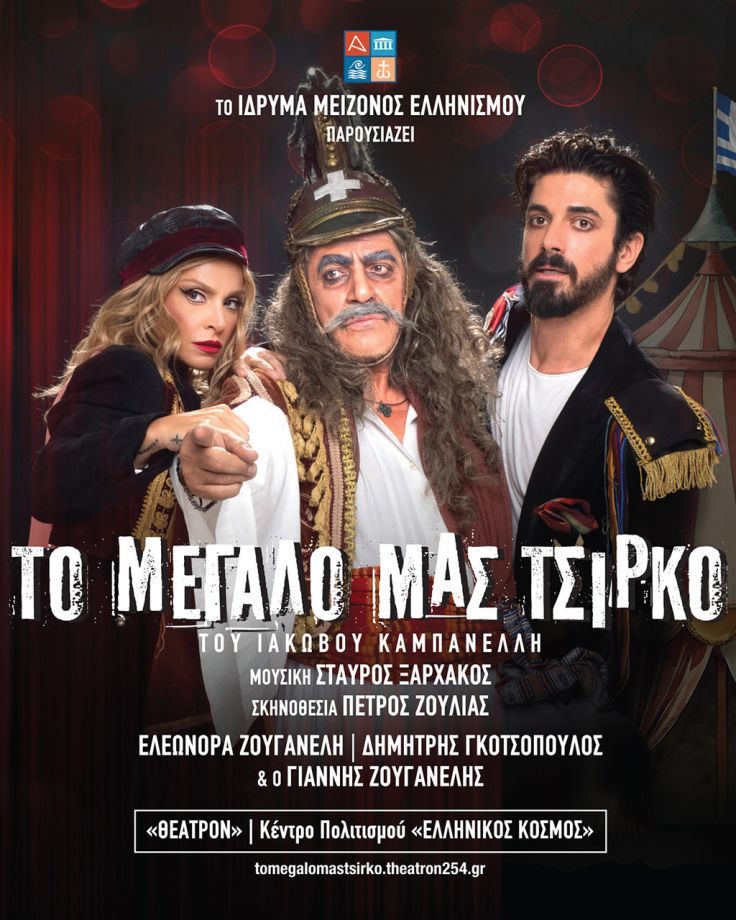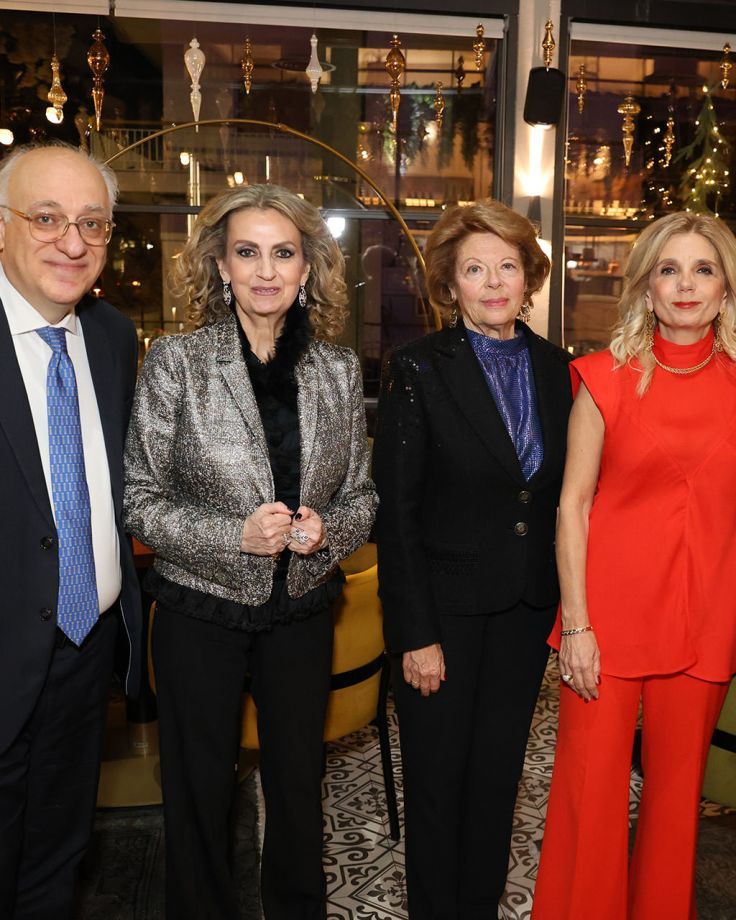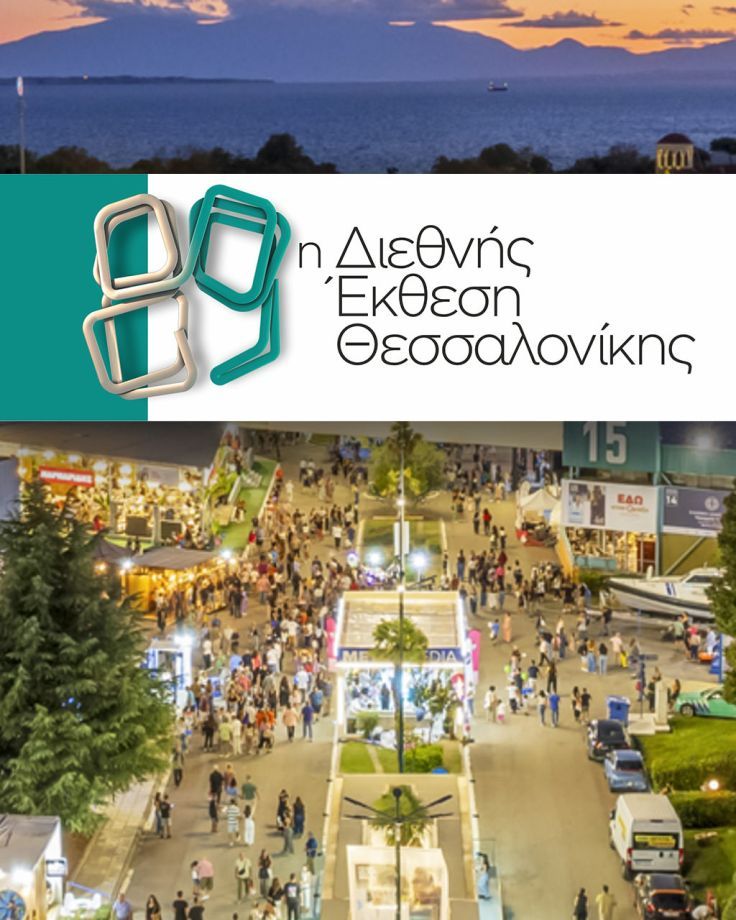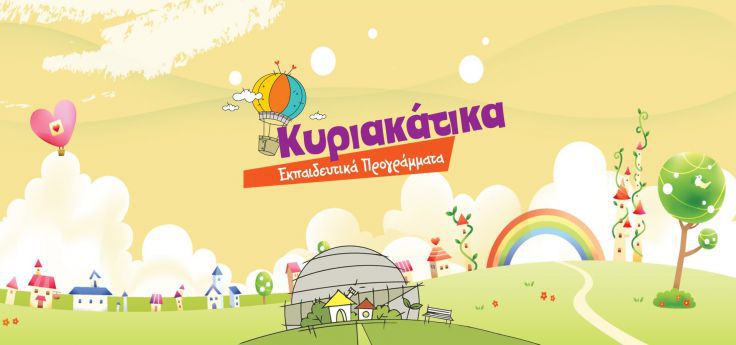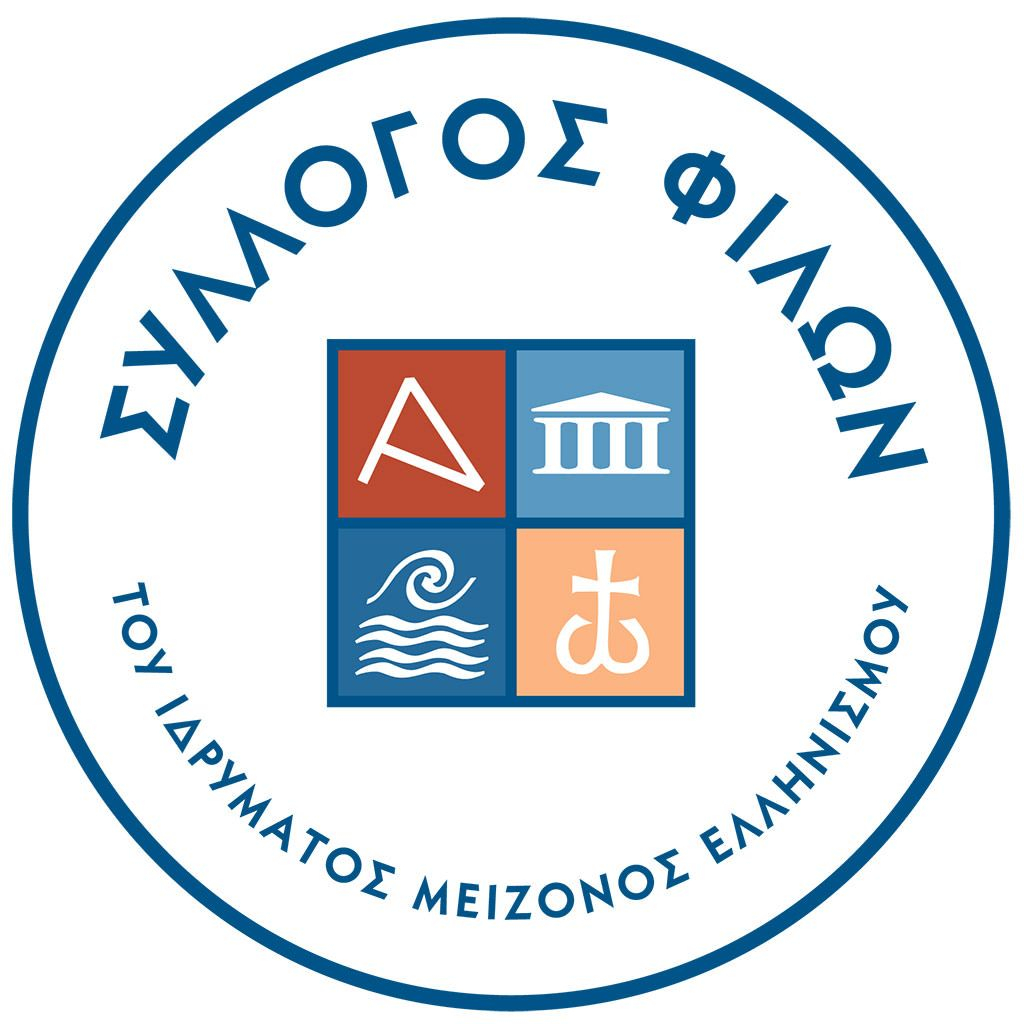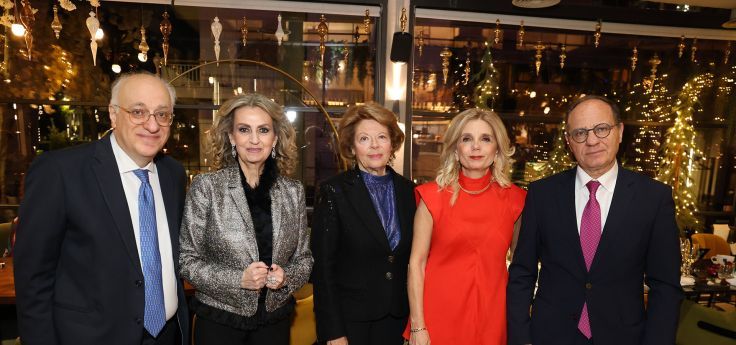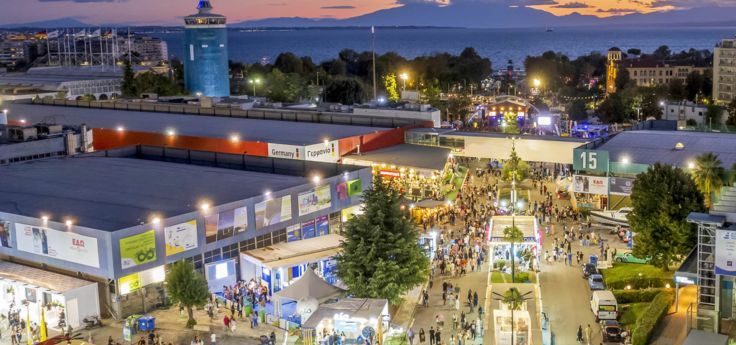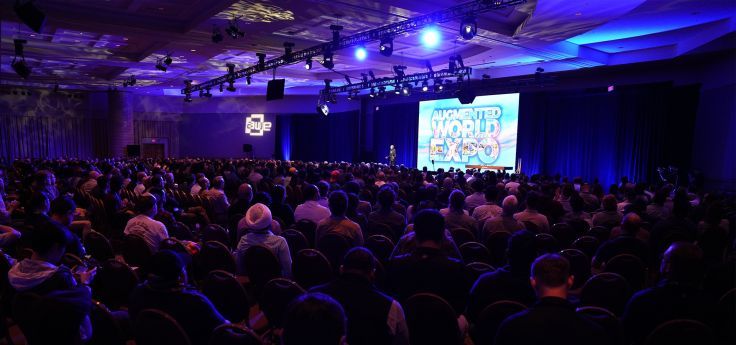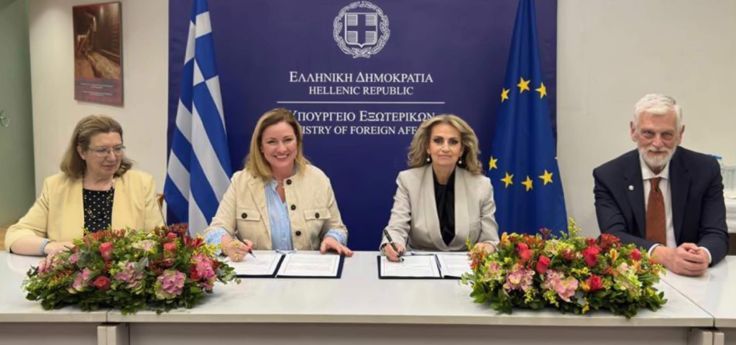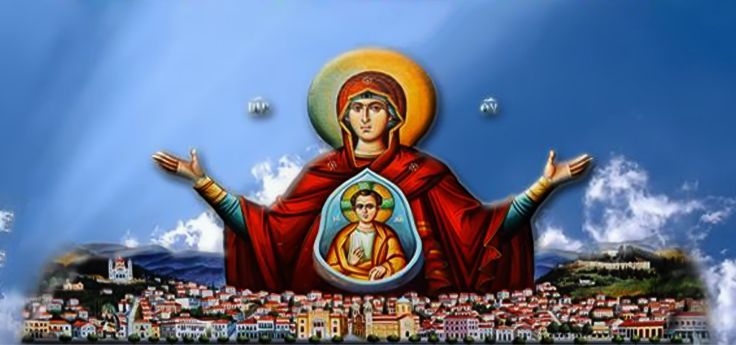The "Tour of the Ancient Agora" shown in the "Tholos" is entirely produced by the Foundation and is part of its broader focus on Greek history and culture. Thanks to its technological infrastructure, it is constantly enriched, while its interactivity allows viewers to shape their own path during the tour and experience a different experience each time.
Viewers are guided through the area of the Ancient Agora, and with the guidance of a specialized museum educator, they have the opportunity to choose their own path. The representation of the Agora at three different moments in its history allows visitors to understand its evolution over time and the changes in the functions of the space from one era to another, as reflected in its architectural and urban planning differences. In the Classical Agora (circa 400 BC), the importance of public administrative buildings and the existence of a large open space for gatherings and athletic activities are highlighted. During the Hellenistic period (circa 150 BC), the large commercial buildings (stoas) dominate, emphasizing the beneficial actions of the Hellenistic rulers. Finally, the Roman view of the Agora (circa 150 AD) depicts its gradual weakening as an administrative and commercial center, leaving room for the development of its religious and cultural character, as new temples, an odeon, a library, and a nymphaeum were built.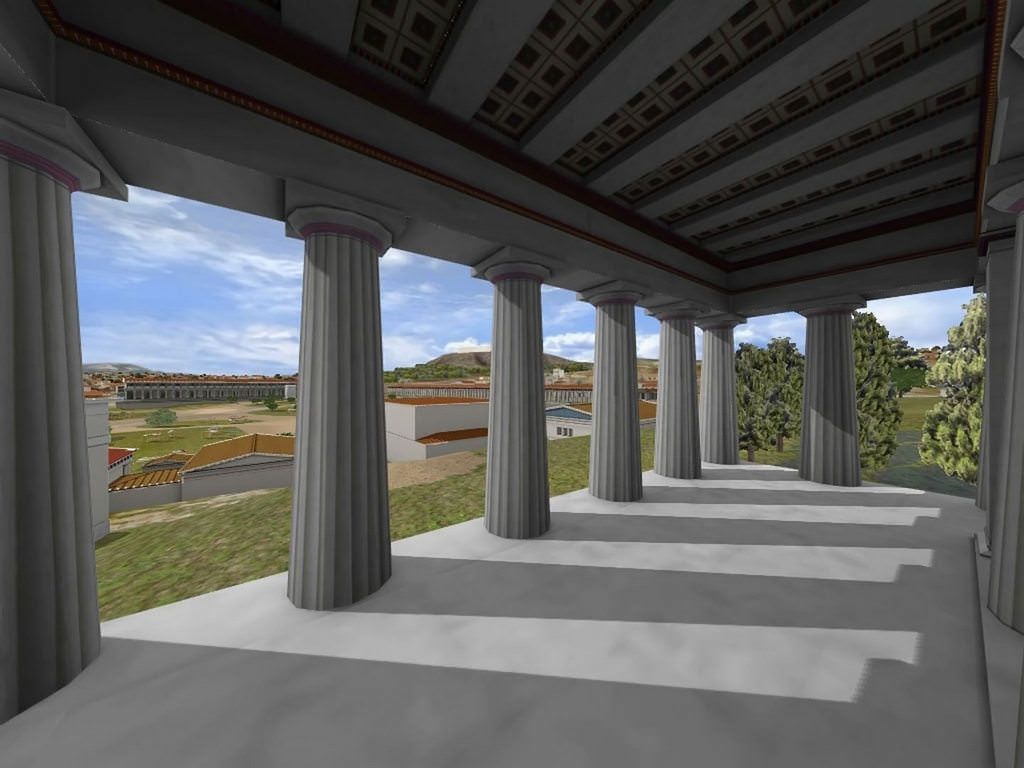
For its implementation, scientists from FHW, from all specialties, and external collaborators worked together. For the kind permission to use their digital work for the topographic depiction of the wider area of the Ancient Agora of Athens as it is today, warm thanks are owed to: Professor Petros Themelis, former Director of the 1st Ephorate of Classical and Prehistoric Antiquities Alkistis Choremi, Director of the excavation of the Ancient Agora Professor John Camp, the architect of the excavation of the Ancient Agora Dr. Richard Anderson, and the architects Yiannis Tsiomis and Giorgos Andreadis. Warm thanks are also owed to the 1st Ephorate of Prehistoric and Classical Antiquities, for the access to the site, the provision of documentary material, and its overall support, as well as to the American School of Classical Studies, for the provision of documentary material and its overall contribution to the project.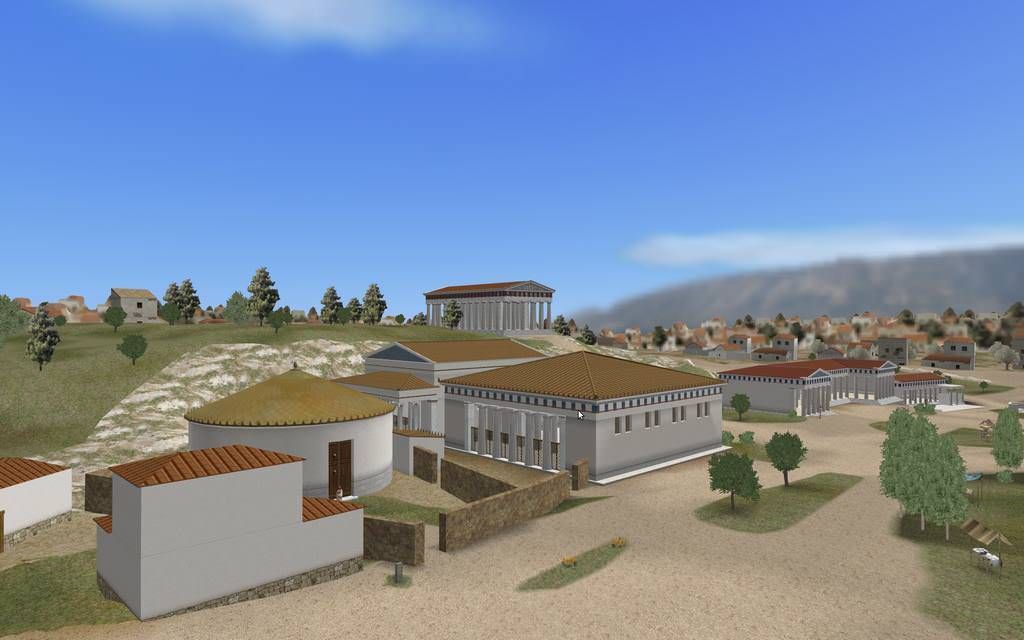
 The digital Virtual Reality Collection "The Ancient Agora of Athens" was funded by the Operational Program for the Information Society of the 3rd CSF (75% European Regional Development Fund - 25% National Resources)
The digital Virtual Reality Collection "The Ancient Agora of Athens" was funded by the Operational Program for the Information Society of the 3rd CSF (75% European Regional Development Fund - 25% National Resources)

